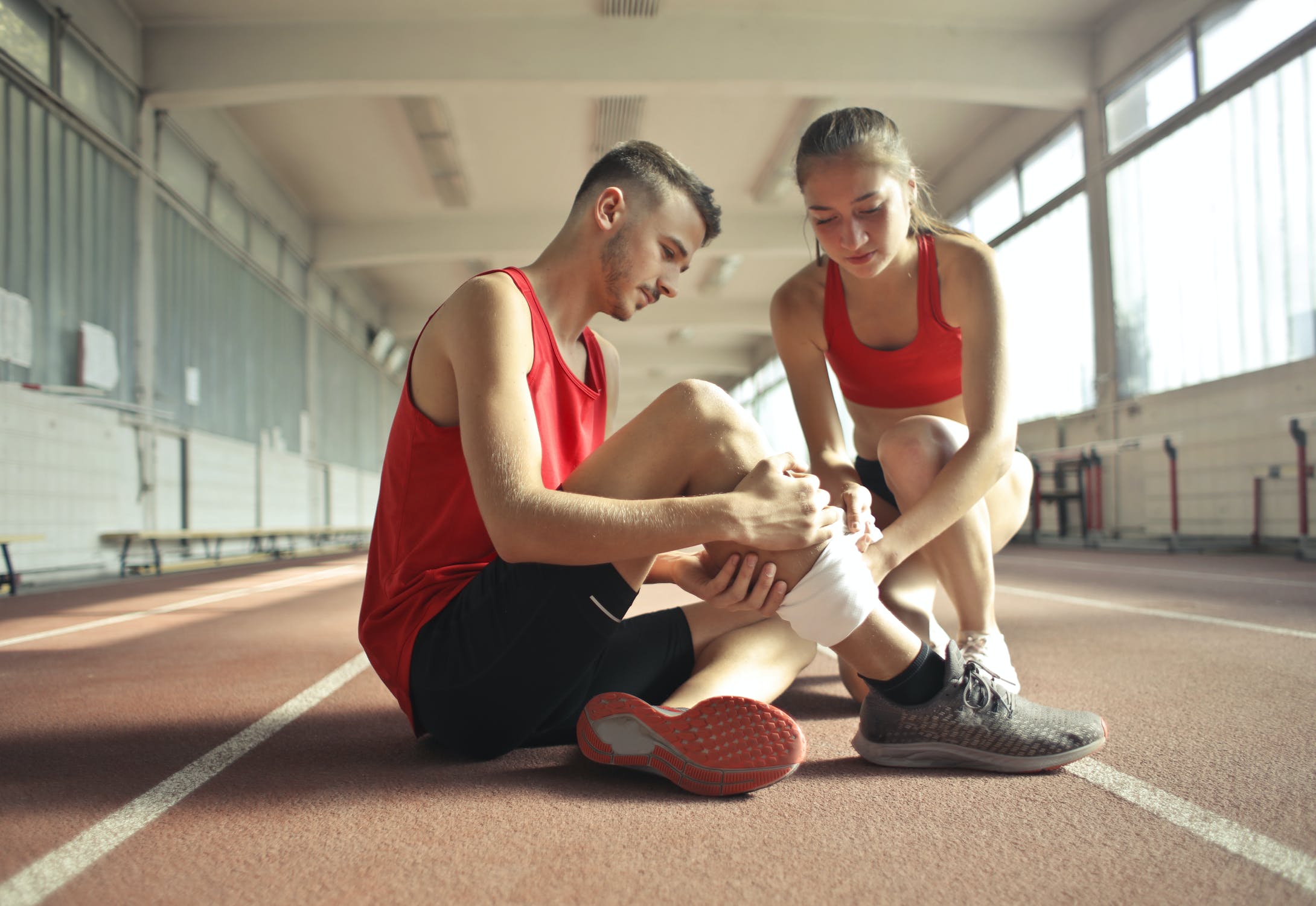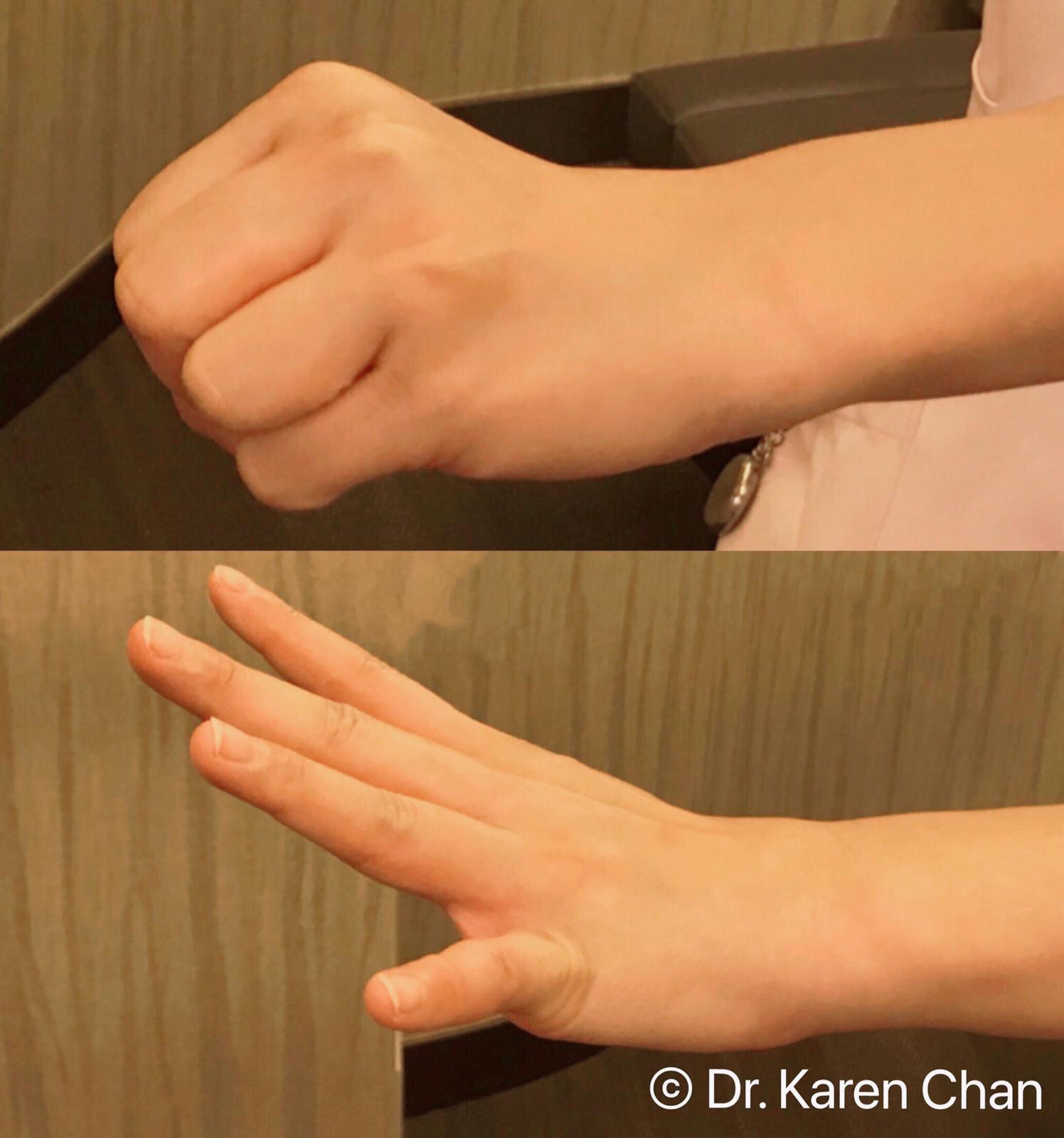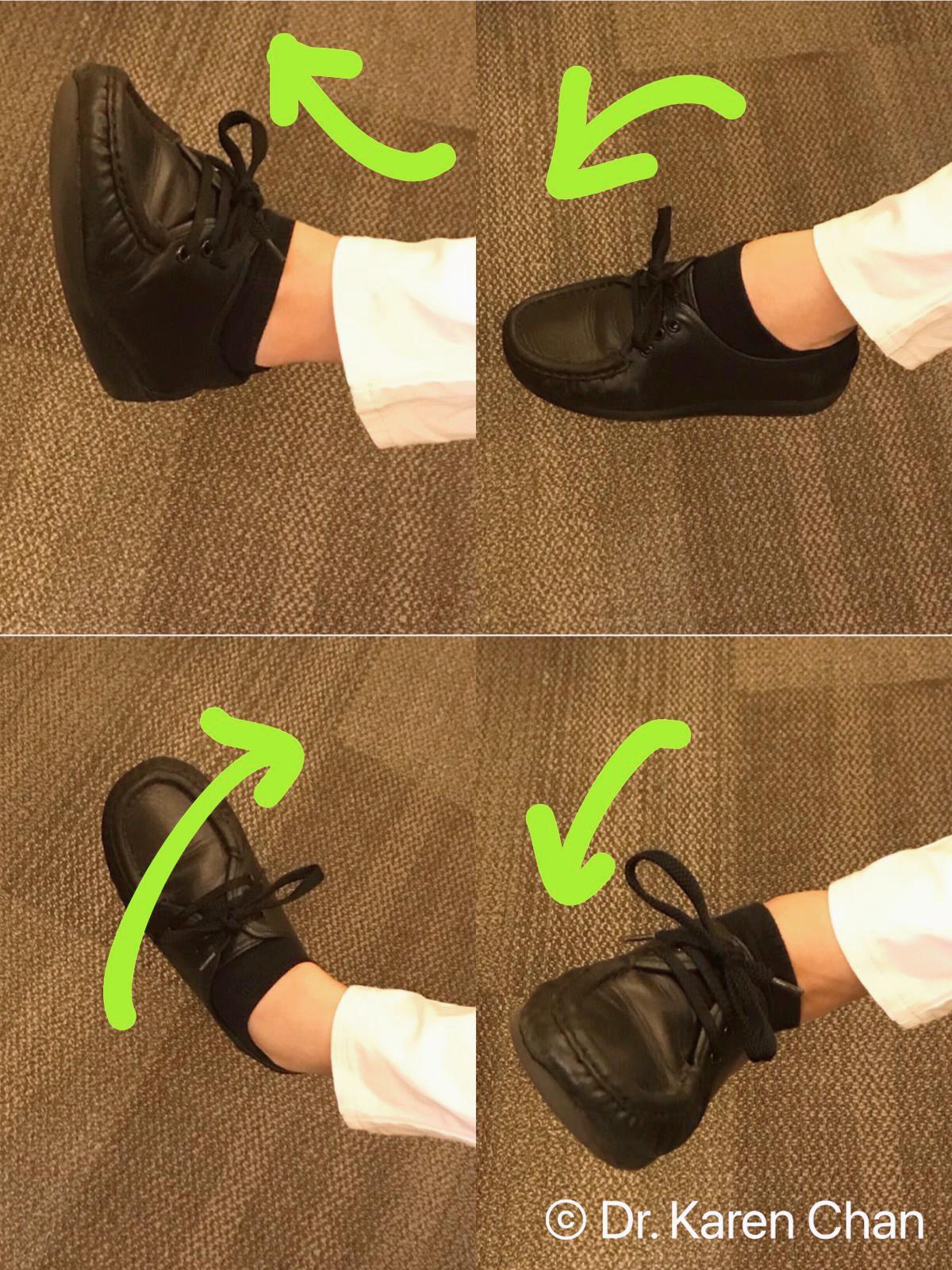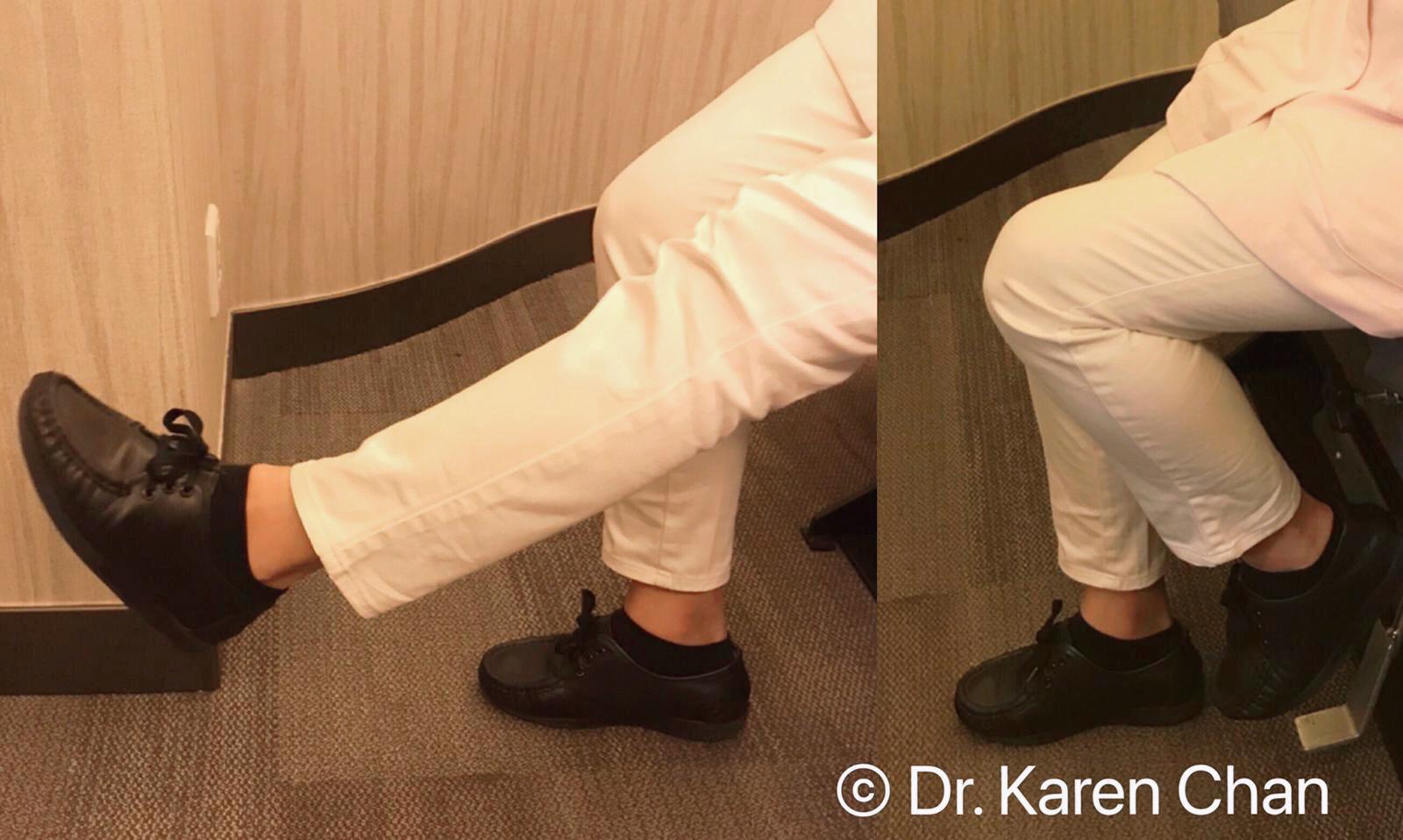 Friday, August 13, 2021
Friday, August 13, 2021How to Prevent Injury from Exercise
The 2020 Tokyo Olympics have been exuberating, decorated with accolades, provided us with a few jaw dropping surprises and reiterated the tenacity of the human spirit! It has been a long time coming with the games extended by a year and questions as to whether the Olympics were going to be held this year.
First and foremost, congratulations to all Hong Kong athletes, coaches and supporting staff who participated in the 2020 Tokyo Olympic Games! Taking the step to participate, compete and do your best in your specialized sport is a huge achievement. Enjoy the process during competing with the World’s Best, reap from the experience and for those who are able to reach the medal stage, congratulations!
During an interview with a Hong Kong Olympian last year, who competed in the 2020 Tokyo Olympics, I asked her what is the one thing you are most concerned about being an athlete? She mentioned, getting injured.

This made me think of how many opportunities athletes may get injured through training and competing, and how, in the back of a professional athlete’s mind, to prevent injury is key for their sporting longevity and being able to compete at a top level in their sport.
One thing that came to mind is the importance of warming up (1) and cooling down (3) before and after sports, either as an elite athlete during training or competing or just someone doing recreational sports.
Below are suggested warm-up and cool-down exercise protocols and health advice, which may help prevent sporting injuries (1,2,4,5). Please note, you are welcome to use other warm-up and warm-down exercises specific to your sport:
1. Mobilise your joints
Start with 2-3 minutes of gently moving the joints of your whole body. This can include shoulder, wrist, elbow and ankle circles, open and close your fingers and toes and bend and extending your knees.
Moving your joints help increase joint sensitivity and proprioception (6), which can improve balance and movement of nutrients into the joint (7).
Attention: Try to abstain from back/waist twisting exercises or forward bending exercises of your back which can increases stresses to the back and increase the risk of back injury (8).
Below are a few example joint mobilisation exercises:
Mobilisation Exercise 1 - Shoulder Circles

- Maintain a straight back
- Roll both shoulders forwards, upwards and then backwards in a circular motion
- Do 10 circular motions and repeat this exercise 3 times.
Mobilisation Exercise 2 - Wrist Circles

- Rotate both wrist 10 times in a clockwise direction then 10 times in an anti-clockwise direction, repeat this exercise 3 times.
Mobilisation Exercise 3 - Finger and Hand Mobilisations

- Open and close both hands and fingers 10 times, repeat this 3 times.
Mobilisation Exercise 4 - Ankle Circles

- Rotate both ankles 10 times in a clockwise direction
- Then rotate both ankles 10 times in an anti-clockwise direction, repeat this exercise 3 times.
Mobilisation Exercise 5 - Knee Mobilisation

- This exercise can be done standing or sitting
- Straighten and bend each knee 10 times, repeat this exercise 3 times.
2. Stretching Exercises
Next do 5- 6 minutes of light gentle stretching exercises to your legs, arms, neck, hands, fingers, and back. This will help prevent muscle, tendon and ligament strains and cramping. This will also increase the muscle’s level for flexibility, efficiency and power of contraction during exercise (9,10).
Below are a few example stretching exercises:
Stretching Exercise 1 - Neck Stretch

- Maintain a straight back
- Place your left hand on the right side of your head
- Gently use the left hand on your head to pull your head towards your left shoulder
- Feel the stretch of the muscle on the right side of your neck
- Hold the stretch for 30 seconds, rest every 10 seconds
- Repeat the above exercise procedure on the other side of your neck.
Stretching Exercise 2 - Lateral Shoulder Stretch

- Maintain a straight back
- Straighten your right arm and cross it in front of your chest
- Use your left arm to hook over the right arm and pull it closer to your chest.
- Feel the stretch of the muscle on the right side of your arm
- Hold this position for 10 seconds, repeat this exercise 3 times
- Repeat the above exercise procedure on your left arm.
Stretching Exercise 3 - Calf Stretch

- Maintain a straight back
- Place one foot in front of the other foot called a fencer stance, like that of a fencer athlete during competition
- Bend the knee of your front leg at about 90 degrees. (Do not bend your knee over your toes to protect the knee.)
- Place both hands on a wall or your thigh for stability
- Maintain both toes pointing forward and both heels on the ground
- Feel the stretch of your calf muscle at the back of your straight leg
- Hold the position for 10 seconds, repeat this exercise 3 times
- Repeat the above exercise procedure on the other leg
- You can do this stretch 2-3 times during warm-up and cool-down exercises.
Stretching Exercise 4 - Front Thigh Stretch (Quadriceps Muscle Stretch)

- Hold on to a stable object such as a wall or a table
- Stand on one foot with toes pointing forward
- Flex the knee of the other foot and use your hand to hold the foot close to your backside(Maintain the toes of your foot pointing upwards)
- Keep both thighs parallel, vertical and hip-width apart
- Feel the muscle stretch in front of your thigh, this is the quadriceps muscle
- Hold this position and stretch for 10 seconds, repeat this exercise 3 times
- Repeat the above exercise procedure on the other leg
- You can do this stretch 2-3 times during warm-up and cool-down exercises.
Stretching Exercise 5 - Back Thigh Stretch (Hamstring Stretch)

- Stand on one foot with toes pointing forward
- Extend the other leg up on a stable object (a chair, a bed or a table), hip at 90 degrees, maintain a straight leg and toes pointing upwards
- Bend your body forward towards your outstretched foot, maintain a straight back to protect the back.
- You can place both hands on the thigh of your outstretched leg for stability
- Feel the stretch of the muscle behind the thigh of your outstretched leg, this is the hamstring muscle
- Hold this position and stretch for 10 seconds, repeat this exercise 3 times
- Repeat the above exercise procedure on the other leg
- You can do this stretch 2-3 times during warm-up and cool-down exercises.
3. Gentle Aerobic Exercises

Do 10-15 min of aerobic exercises (2,12) such as fast walking, light jogging, swimming depending on your sport and body’s ability before and after exercise to warm-up and cool-down your body. During these exercises, your heart rate can increase slightly above the resting heart rate. The normal resting heart rate of an adult is around 60 beats per minute.
To calculate your heart rate during gentle warm up or warm down aerobic exercise, you can calculate it at 50 per cent your maximum safe heart rate. The maximum rate is based on your age, as subtracted from 220. For example if your age is 40 years old, your maximum heart rate is 220 – 40 = 180. Then your gentle aerobic exercise heart rate is 0.5 x 180 = 90 beats per minute (11,12). You can check your heart rate by counting the pulse felt on your wrist or next to your throat whilst looking at your watch or a timer for 1 minute. Another method is through a fitness watch.
Gentle aerobic exercise during warm-up are important to ensure the muscles are well supplied with oxygen by an increase in blood flow to the muscles (1,4). Warm-up aerobic exercises also increases the muscle’s temperature to allow for optimal flexibility, efficiency and powerful contraction of the muscle (1,4,5,12). This can also gradually stimulate the heart to minimize stress on your heart during exercise (2,13).
Gentle aerobic exercises and the above mobilisation and stretching exercises during cool-down after exercise help dissipate waste products in body tissue such as lactic acid to prevent cramping, decrease the potential for delayed onset muscle soreness and allows the heart rate to slowly return to its resting rate (2,3).
4. Diet before Exercise
I suggest not exercising on an empty stomach. Have some healthy food 30 min to 1 hour before exercise to provide sufficient energy and nutrients to the muscles and the body. Suggested foods can include (some fruit such as a banana/apple, nuts and vegetables). In addition, drink enough water before, during and after exercise to hydrate the muscles (14,15).
5. Do not exercise when your body is not well
Do not do sports when you are physically and mentally stressed, slept poorly, in a poor mental state or when you do not have enough energy. This can increase your risk of injury during sports (16,17).
Attention: If you have pain or discomfort during exercise, please stop exercising immediately. If the pain or discomfort persists, please consult your health practitioner.
References:
(1) Aerts, I., Cumps, E., Verhagen, E., Wuyts, B., Van De Gucht, S. & Meeusen, R. (2015). The effect of a 3-month prevention program on the jump-landing technique in basketball: a randomized controlled trial. Journal of Sport Rehabilitation, Vol.24, pp. 21–30.
(2) Aneja, O. P. (2021). Warming-up, cooling down – meaning and significance. European Journal of Molecular & Clinical Medicine.
(3) Van Hooren, B. & Peake, J. M. (2018). Do We Need a Cool-Down After Exercise? A Narrative Review of the Psychophysiological Effects and the Effects on Performance, Injuries and the Long-Term Adaptive Response. Sports Medicine, Vol. 48: pp.1575-1595.
(4) Linton, L. & Valentin, S. (2020). Running coaches and running group leaders’ engagement with, and beliefs and perceived barriers to prehabilitation and injury prevention strategies for runners. Physical Therapy in Sports. Vol.46: pp. 54-62.
(5) Thorborg, K., Opar, D. & Shield, A. (2020). Prevention and rehabilitation of hamstring injuries. Springer.
(6) Tuthill, J. C. & Eiman (2018). Proprioception. Current Biology, Vol. 28.(5): pp. 194-203.
(7) Arthritis Foundation Blog: How Exercise Helps your Joints (2021): http://blog.arthritis.org/
(8) McGill, S. (2015). Low Back Disorders: Evidence-Based Prevention and Rehabilitation (3rd Edition). Human Kinetics.
(9) Chaabene, H., Behm, D. G., Negra, Y., & Granacher, U. (2019). Acute effects of static stretching on muscle strength and power: an attempt to clarify previous caveats. Frontiers in Physiology.https://doi.org/10.
(10) Qiu, J. & Kang, J. (2017). Exercise Associated Muscle Cramps - A Current Perspective. Sports Medicine, Vol.1.(1): pp.3-14.
(11). Johns Hopkins Medicine. Understaning your target heart rate (2021). https://www.hopkinsmedicine.
(12) Silva, L. M., Neiva, H. P., Marques, M. C., Izquierdo, M. & Marinho, D. A. (2018). Effects of Warm-Up, Post-Warm-Up, and Re-Warm-Up Strategies on Explosive Efforts in Team Sports: A Systematic Review. Sports Medicine, Vol (48): pp. 2285 – 2299.
(13) American Heart Association. Warm up, Cool Down. (2021).: https://www.heart.org/en/
(14) Mayo Clinic. Eating and exercise: 5 tips to maximise your workouts (2021): https://www.mayoclinic.org/
(15) Warrick, A., Currey, J., & Waite, B. (2019). Ultramarathon comprehensive injury prevention. Current Physical Medicine and Rehabilitation Reports, Vol (7).: pp.186–194
(16) Mayo Clinic. Exercise and illness: Work out with a cold? (2021): https://www.mayoclinic.org/
(17) Reynolds, G. (2013). How Intense study may harm our workouts.: https://well.blogs.nytimes.

